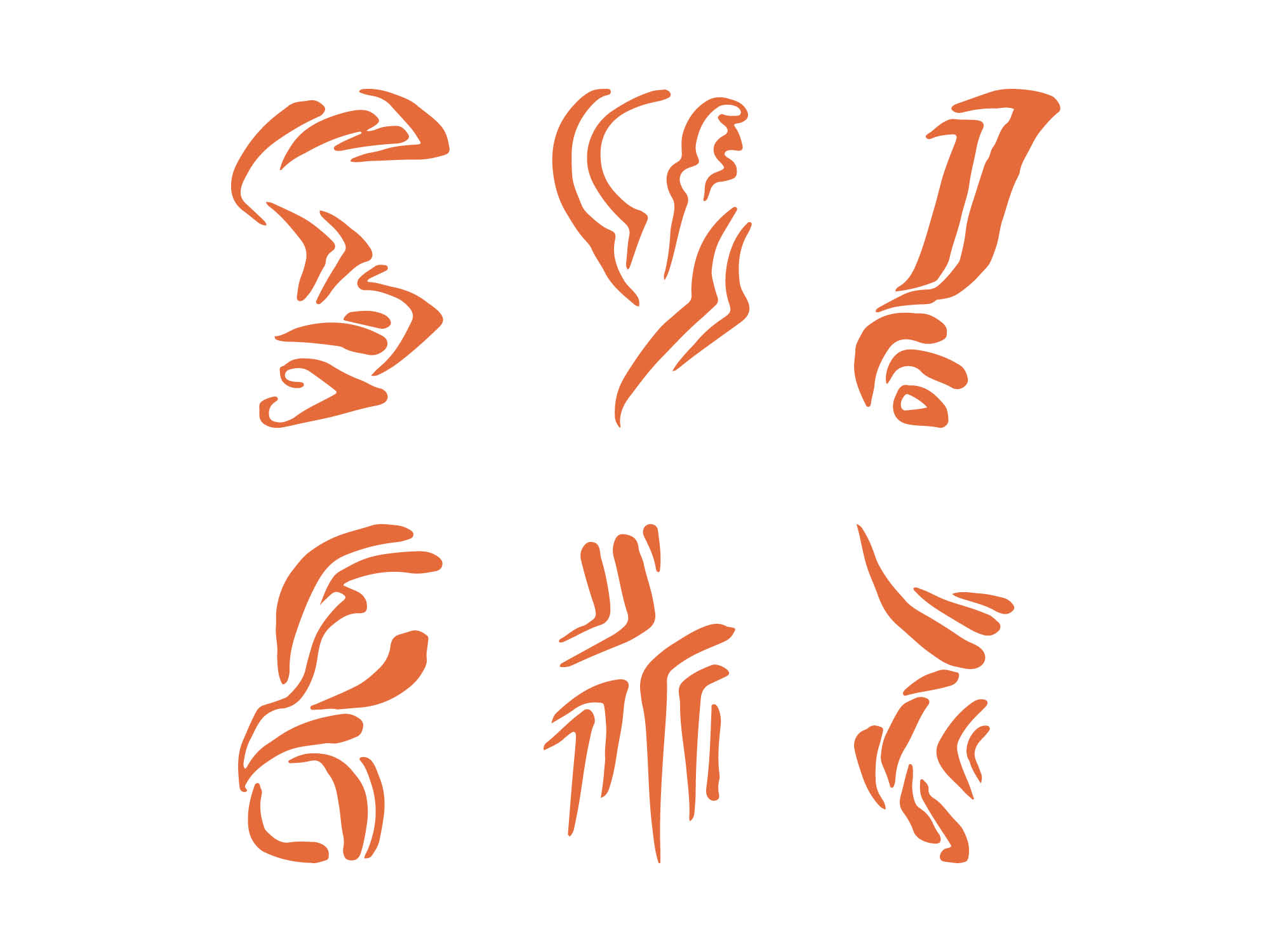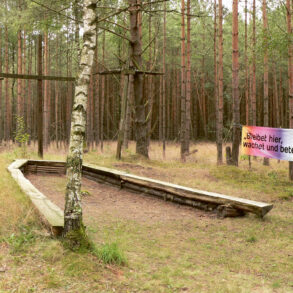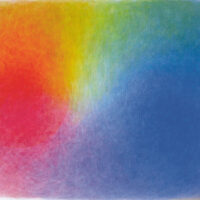“The traffic light is green!” says the passenger to the driver. Friedemann Schulz von Thun uses this example in his book Miteinander reden [Talking to each other] to explain his four-sided communication model. According to this model, every message has four facets or sides: “factual,” “appeal,” “self-disclosure,” and “relational”—although they might not all have the same emphasis. On the factual level, it’s merely information: the traffic light is now green. If there is some insistence in the passenger’s voice, then it’s an appeal to the driver to start driving. The message can also be self-revelatory: “I’m in a hurry!” Or it can point to the relationship between sender and receiver: “I drive better than you!” Conflicts arise when the sender and receiver of the message assess the factual, appeal, self-disclosure, and relational facets differently.
Rudolf Steiner’s classification of six language gestures is quite similar to this model. What the Dramatic Course calls “effecting” is here the appeal; what Steiner calls “centering” is Schulz von Thun’s self-disclosure. The factual level does not appear in Rudolf Steiner’s work, presumably because he has stage language in mind, where, apart from the phrase “intermission,” it is rarely about pure information. The two nuances of language in the Dramatic Course, “seeking” and “throwing away,” relate to the relationship level in Schulz von Thun—sometimes connecting, sometimes separating. What remains unique to Rudolf Steiner are “turning towards” and “distancing.” These lead to the processual: do you find expression in your speech, or do you fall silent? Taking both systems together, Schulz von Thun’s and Steiner’s, we get seven forms of speech. Seven is the number of time, and nothing leads us into time like language.
Translation Laura Liska
Forms by Ella Lapointe, 2024. Vectorized Ink.









